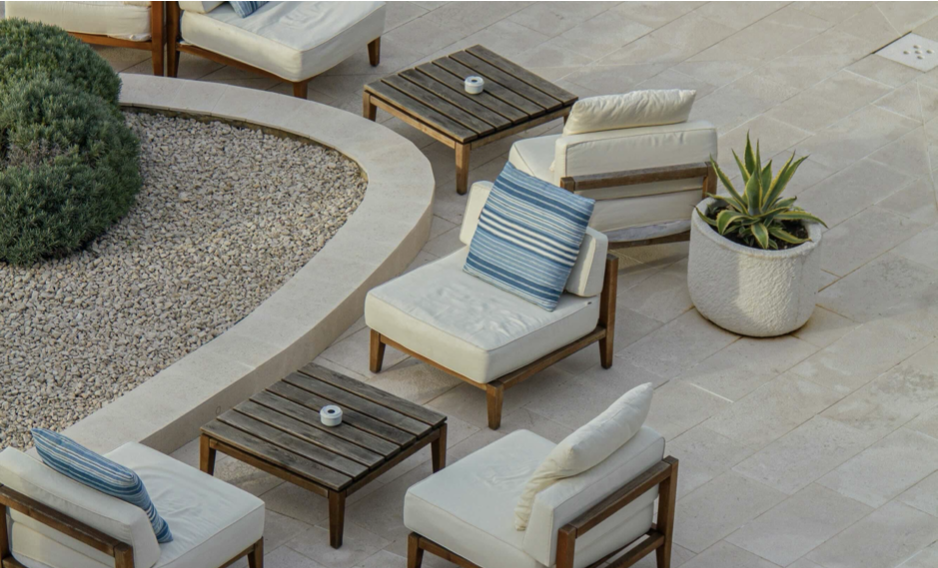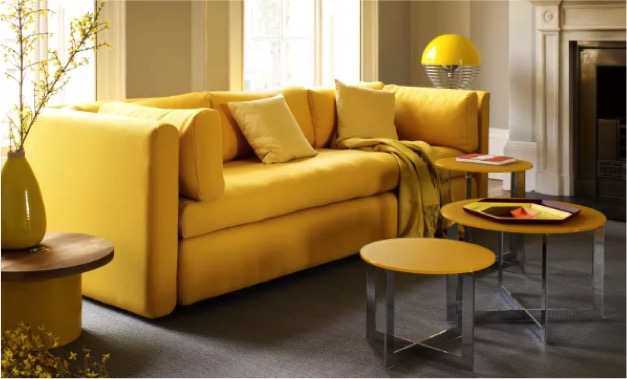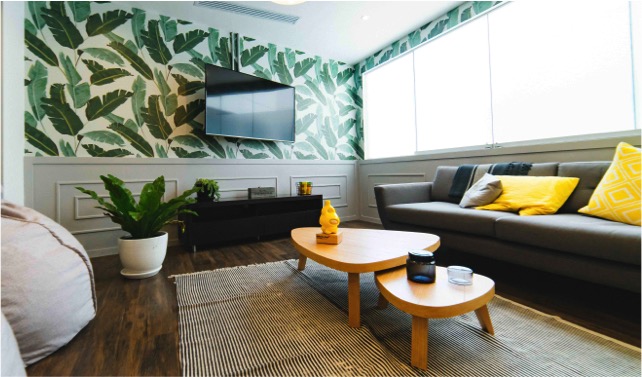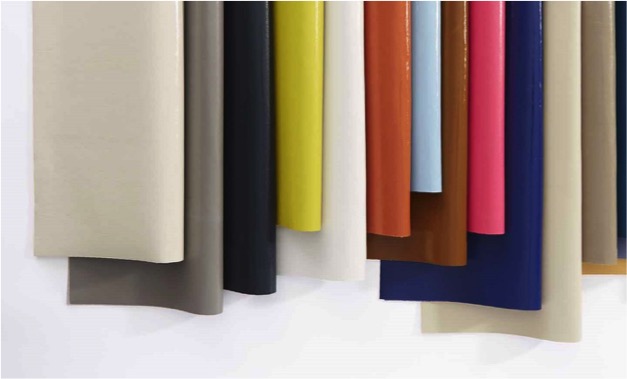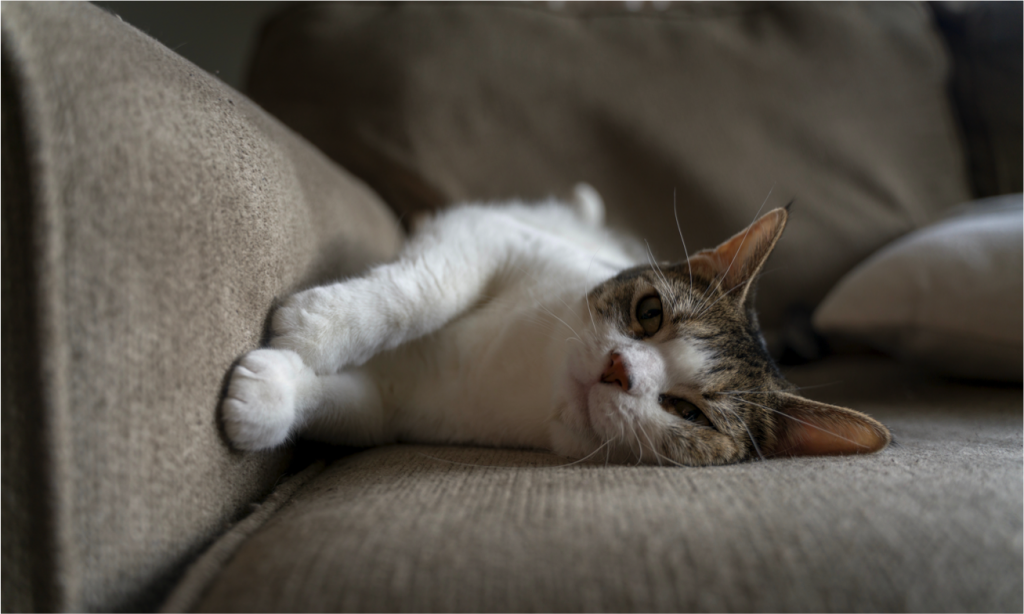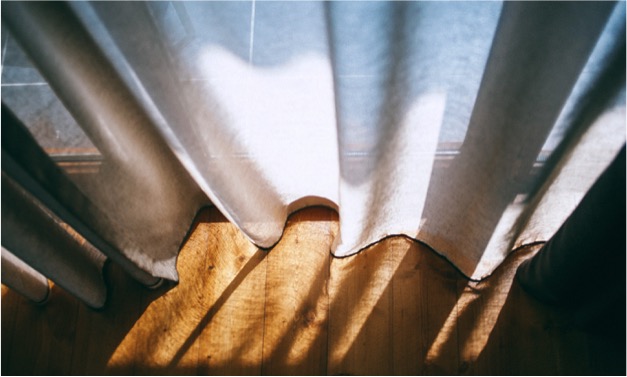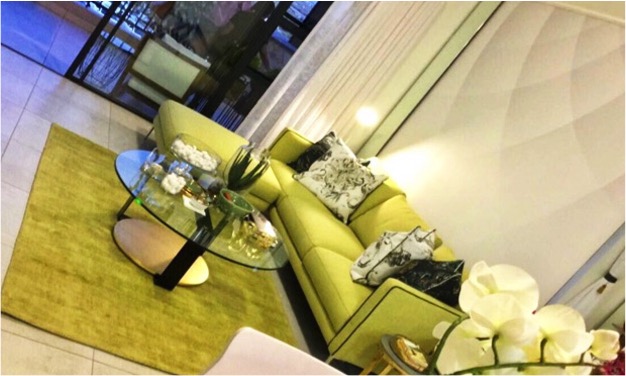As an interior designer, one of the terms that got me into a pile of mess, more often than I should admit, was ‘railroaded fabric’. Whether you are a decorator, designer, or a DIY guru, knowing this term can save you money, headaches, and time on your interior projects. Keep reading to find out more!
What does ‘railroaded’ fabric mean?
Railroaded specifically refers to striped fabrics, and the way they are milled. Normally, a fabric design features the top of a pattern going up the roll. However, a railroaded fabric has the pattern going across the roll, from selvedge to selvedge. Most stripes on fabrics run vertically on the roll.
My ‘railroad’ fabric experience.
I once had a client who fell in love with a striped curtain fabric (at a hefty price per metre). She had envisaged the stripes running vertically. This was thanks to an inspirational picture I showed her when I pitched for the job. Being young and still learning about these technical nuances, I didn’t ask the fabric house if the fabric was railroaded, nor was it stated on the sample. After a week, the curtains were made up and installed. To my and my client’s shock and horror, the stripes ran horizontally. It was a disaster. There was no way she could live with them, and new fabric was bought. My bank account felt pillaged and I sulked for weeks afterwards trying to shift the blame onto anyone. Somewhere, someone lacked the ability to communicate.
But at the end of the day, I could only blame myself. Even though I would have never thought to even ask which way the stripes ran, I was in charge of the project and it was my mistake. It was, however, an important mistake to have endured. I’ve since been throwing the term ‘railroaded’ around striped fabric, and it has earned me huge respect among the likes of polyester and cotton.
Why does ‘railroaded’ fabric matter?
If you were upholstering a couch, you would probably want the stripes to run vertically. You could then piece together several widths of fabric and match up the stripes. But if you want a continuous piece of fabric on a sofa without seams (and thereby getting a neater finish), railroaded fabric is the way to go. On a railroaded fabric, the stripes would run horizontally, so when you turn the fabric to run across the length of the couch, the stripes would then be vertical.
An easy way to remember this is to think of a railway track. There are lots of sleepers that run across the tracks. This is the same with railroaded fabric.
Why is it important to know what it means?
Stripes will always form part of a staple interior feature. So, knowing if a fabric is railroaded will help you to determine how your space will look in the end (especially with curtains). It will also allow you to calculate more accurately how much fabric you need. Again, just to repeat, if a fabric is railroaded, the stripes will run horizontally. This is important, because if you have low ceilings, horizontal stripes in curtains may make the ceiling feel even lower than what it is.
It’s always good to keep this in mind when dressing windows and upholstering furniture.
Am I scarred? Do I have Railroad PTSD? Is it even a thing? Apparently so.


